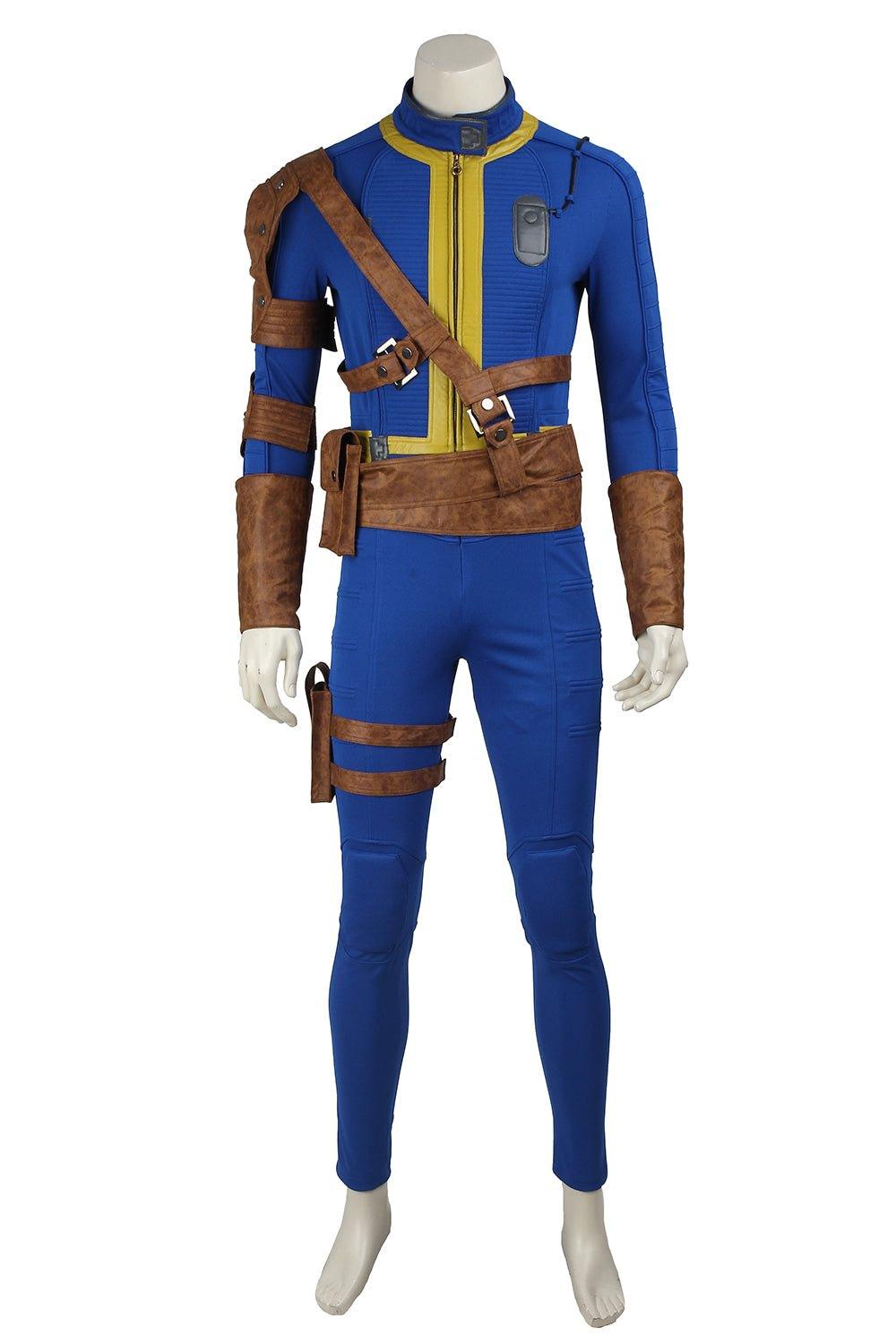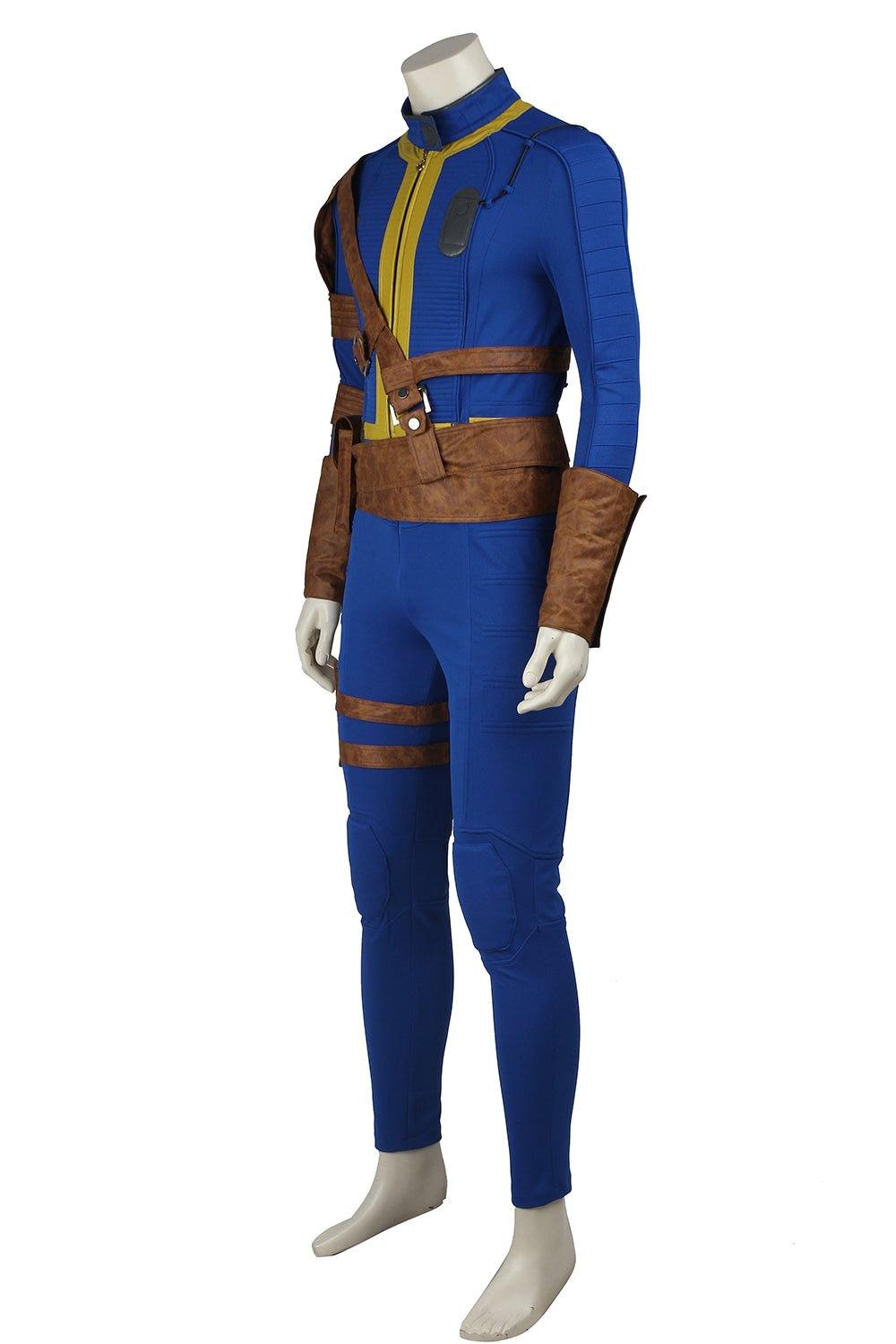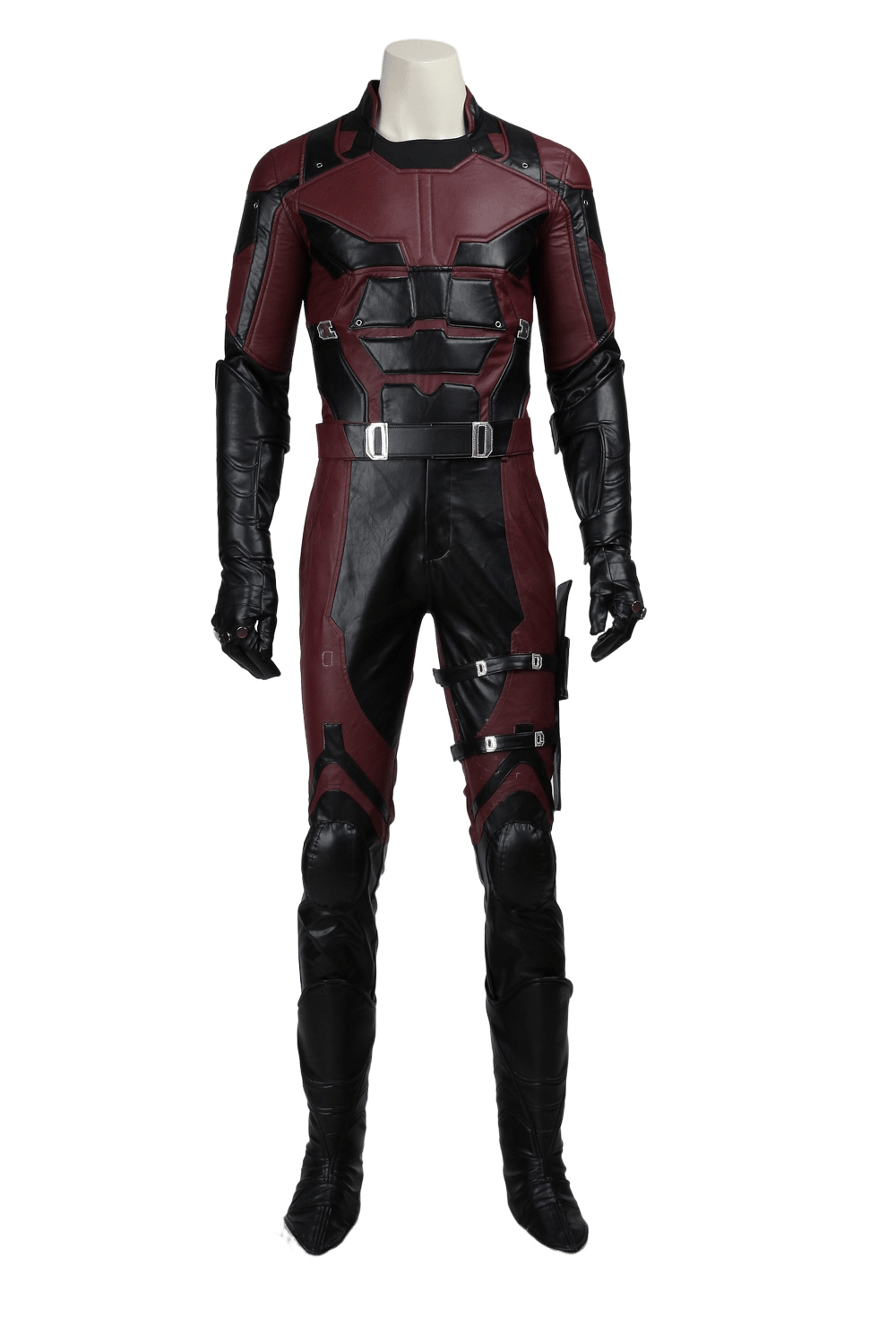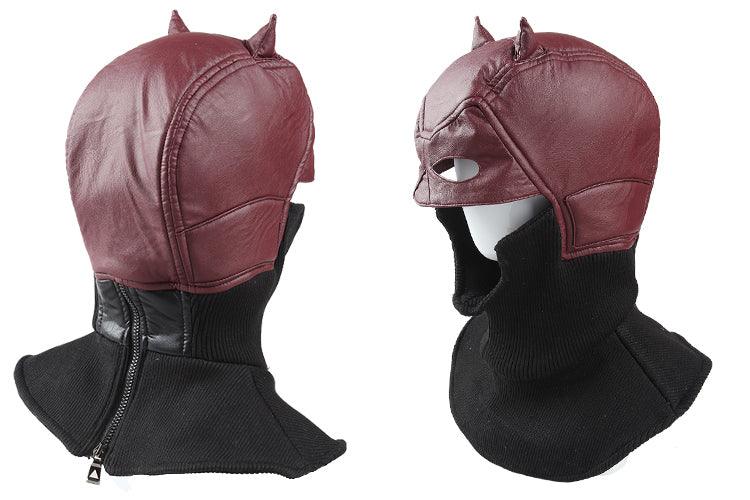Choosing the Right EVA Foam Thickness for Cosplay
When it comes to creating stunning and durable cosplay costumes, EVA foam is a go-to material for many enthusiasts. Its versatility, ease of use, and availability in various thicknesses make it an ideal choice for crafting everything from armor to intricate details. This comprehensive guide will help you understand the best EVA foam thickness for different cosplay needs, drawing insights from various sources, including CrazeCosplay.com.
Understanding EVA Foam
EVA (Ethylene-Vinyl Acetate) foam is a high-density material known for its flexibility, durability, and smooth surface. It is widely used in the cosplay community due to its ease of cutting, shaping, and painting. EVA foam comes in a range of thicknesses, typically from 2mm to 10mm, each serving different purposes in costume making.
General Guidelines for EVA Foam Thickness
The thickness of EVA foam you choose depends on the part of the costume you are creating. Here are some general guidelines:
-
2mm Foam: Ideal for fine details, visible strapping, and seam reinforcement. It is also used for creating small, intricate pieces that require flexibility.
-
3mm Foam: Suitable for prominent details, helmets, and delicate armor. It is often used for adding raised panels and accents.
-
4mm Foam: Commonly used for most armor pieces, such as gauntlets and shin guards. It provides a good balance between flexibility and rigidity.
-
5mm Foam: Often used for the main layers of armor. It is thick enough to provide structure while still being easy to work with.
-
6mm Foam: Best for breastplates, bulky armor, and complex shapes that are non-weight bearing.
-
8-10mm Foam: Typically used for props and large, imposing pieces of armor. These thicker foams offer more durability and are ideal for parts that need to withstand more stress.
Specific Use Cases and Recommendations
Armor Construction
When building armor, the thickness of the foam plays a crucial role in the final appearance and functionality of the costume. For example:
-
Chestplates and Breastplates: Using 6mm foam is recommended for creating chestplates as it provides enough thickness to hold its shape without being too heavy.
-
Gauntlets and Shin Guards: 4mm foam is often preferred for these parts due to its flexibility and ease of movement.
-
Helmets: 3mm to 4mm foam works well for helmets, offering a balance between detail and structural integrity.
-
Large Props and Weapons: For larger props, such as swords or shields, 8mm to 10mm foam is ideal. This thickness ensures that the props are sturdy and durable.
Layering and Detailing
Layering different thicknesses of EVA foam can add depth and detail to your costume. For example:
-
Base Layers: Use thicker foam (5mm to 6mm) for the base layers of your armor to provide structure.
-
Detailing: Apply thinner foam (2mm to 3mm) on top of the base layers to create intricate designs and raised details.
Case Study: CrazeCosplay.com
CrazeCosplay.com offers a variety of EVA foam products and provides valuable insights into their use. According to their guide on making a tail costume, they recommend using EVA foam for creating the base structure due to its durability and ease of manipulation. This highlights the versatility of EVA foam in different cosplay applications.
Practical Tips for Working with EVA Foam
-
Cutting and Shaping: Use a sharp utility knife or a hot knife for clean cuts. Heat guns can help shape the foam into curved surfaces.
-
Sanding: Sand the edges of the foam to smooth out rough cuts and create a polished look.
-
Sealing: Seal the foam with a heat gun or a sealing product like Plasti Dip to prepare it for painting.
-
Painting: Use acrylic paints or spray paints designed for foam. Apply multiple thin layers for the best coverage.
Safety Considerations
While EVA foam is generally safe to work with, it's important to take some precautions:
-
Ventilation: Work in a well-ventilated area, especially when using heat guns or adhesives.
-
Protective Gear: Wear a mask and gloves to protect yourself from fumes and sharp tools.
-
Storage: Store EVA foam sheets flat to prevent warping.
Conclusion
Choosing the right thickness of EVA foam is essential for creating high-quality cosplay costumes. By understanding the different thicknesses and their applications, you can ensure that your costume is both visually appealing and functional. Whether you're crafting armor, props, or intricate details, EVA foam offers the versatility and durability needed to bring your cosplay visions to life. For more detailed guides and high-quality materials, consider visiting CrazeCosplay.com and other reputable suppliers.







